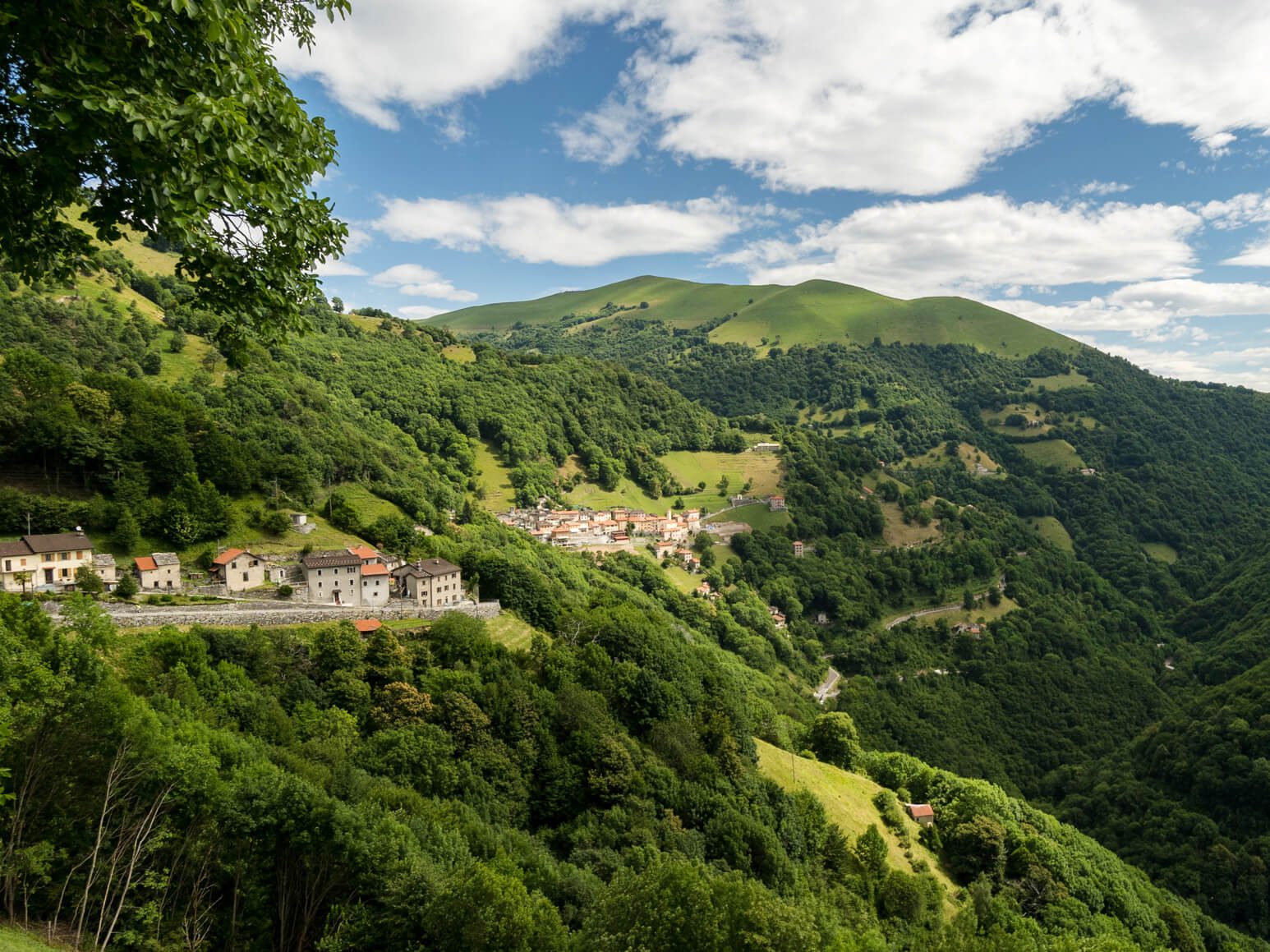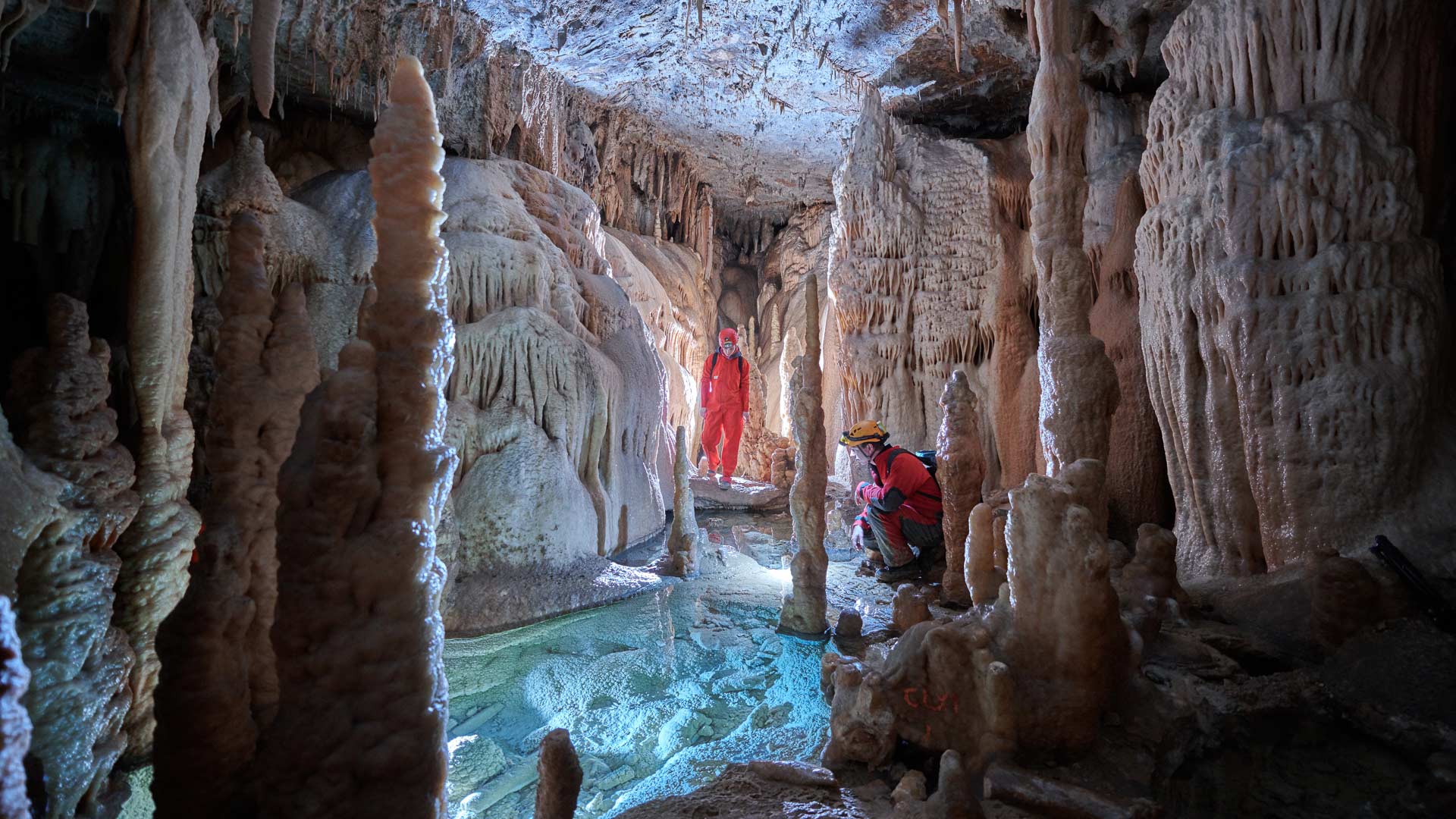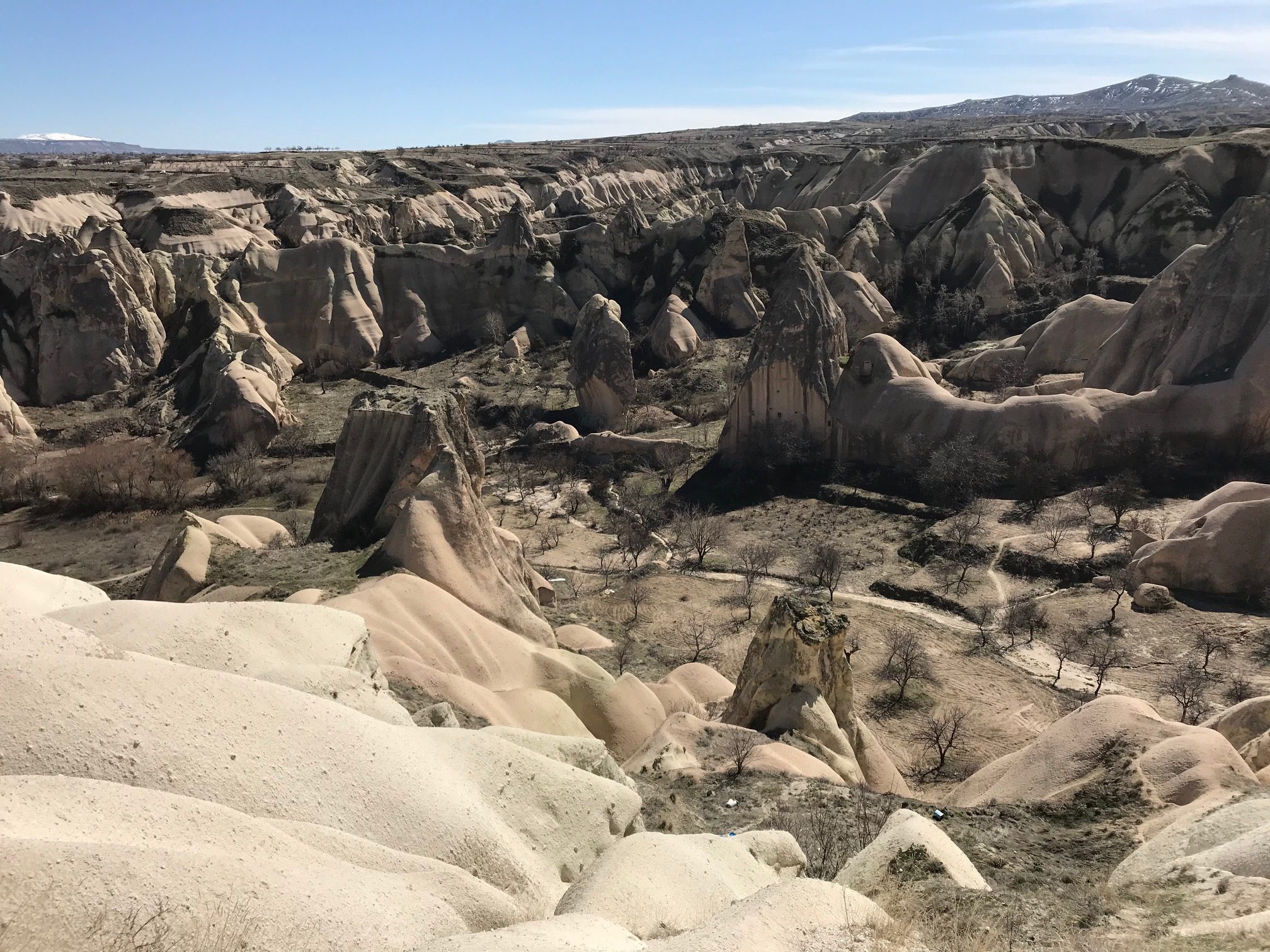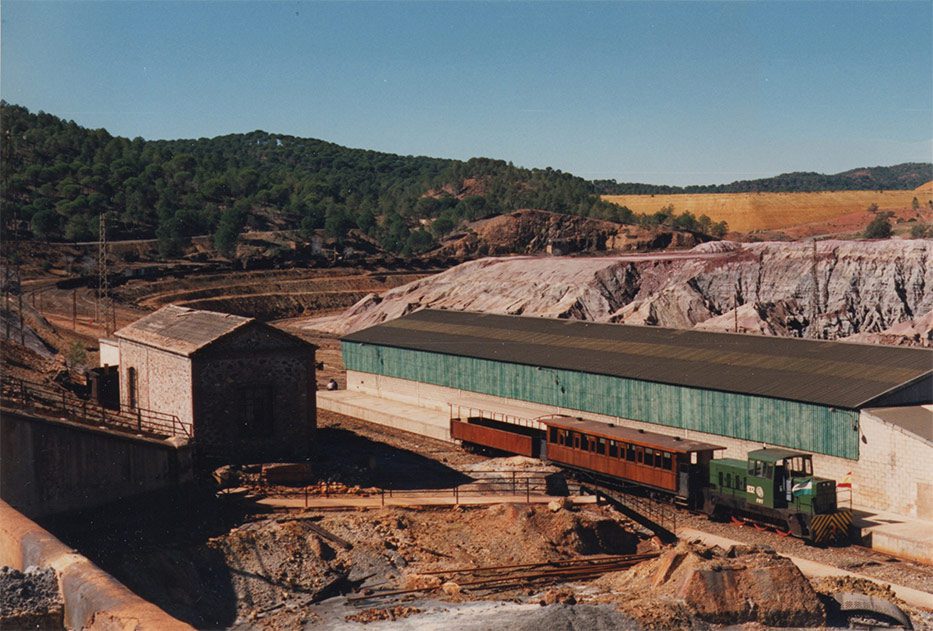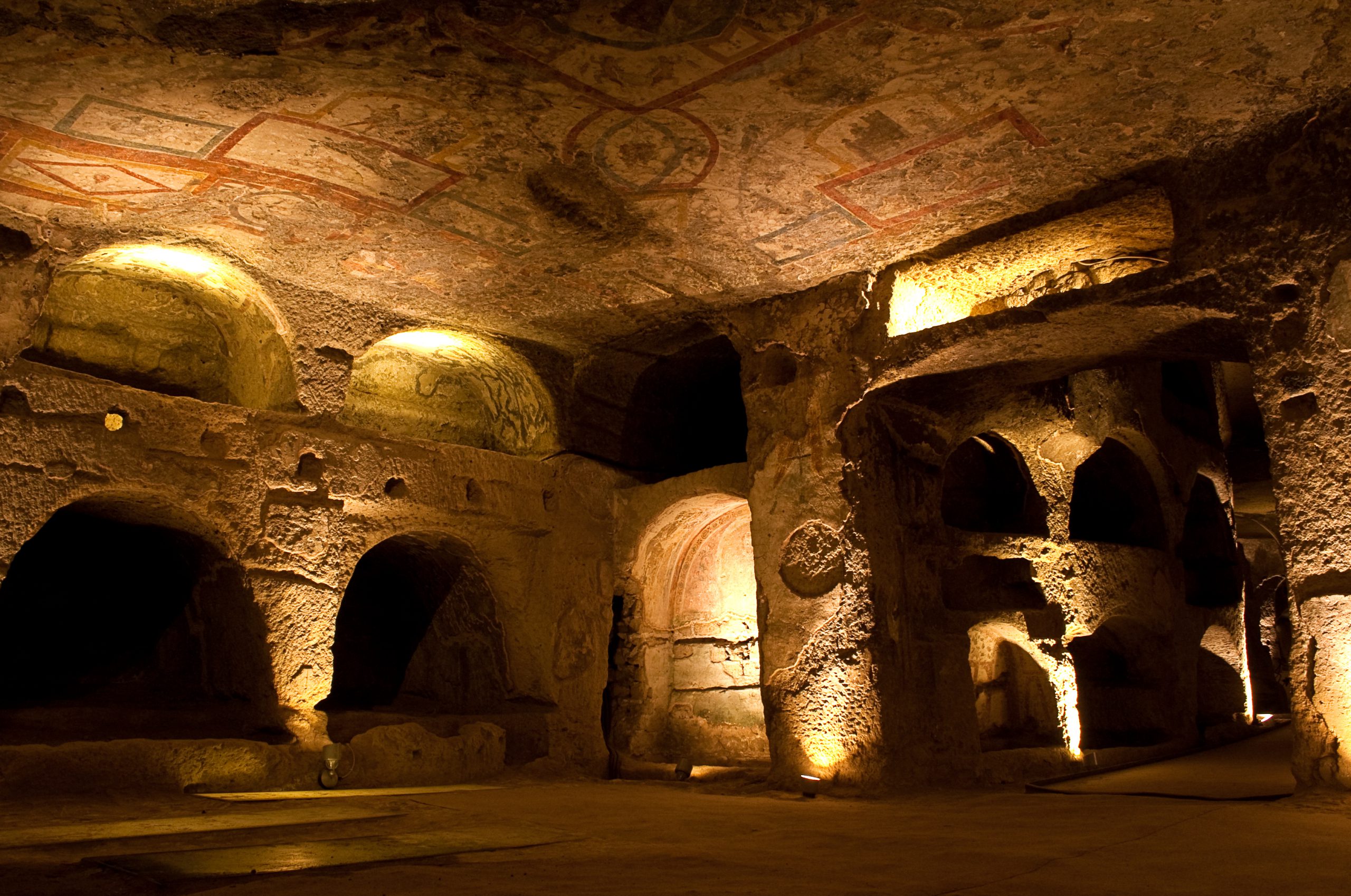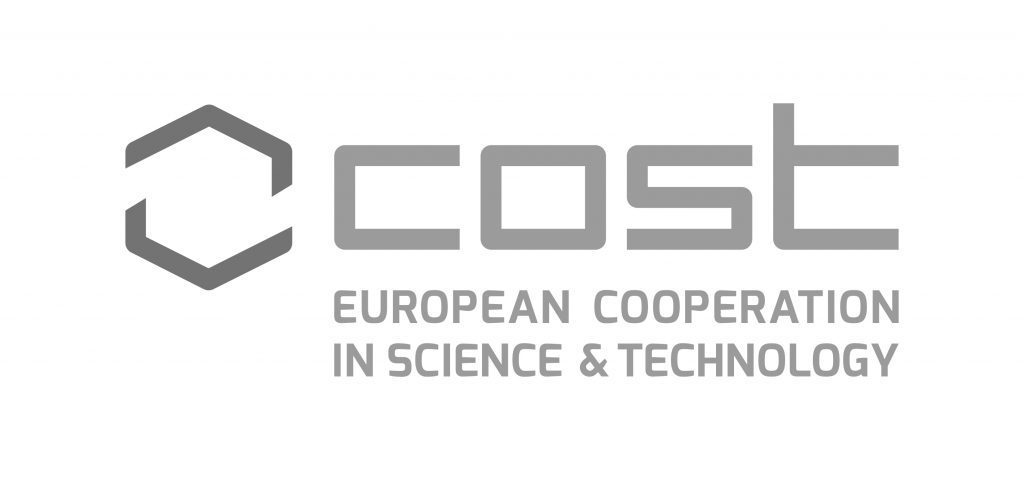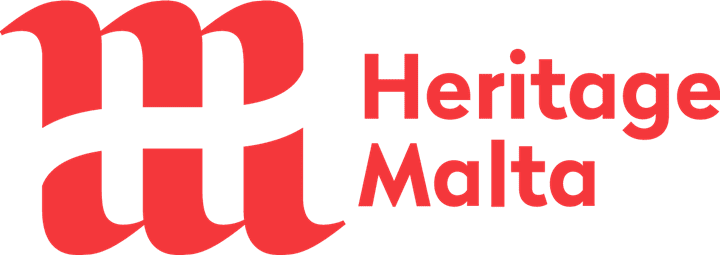Host institution: Museo etnografico della Valle di Muggio, CH-6838 Cabbio
Contact person: Mark Bertogliati
The Muggio Valley covers an area of around 50 km2 across the border between Switzerland and Italy and between Lake Ceresio and Lake Como. It is a region with a limestone substrate and a huge and complex karst system. Its geological, botanical, landscape, and cultural peculiarities are the basis for its inclusion in the Swiss Federal Inventory of Landscapes and Natural Monuments. This extremely valuable landscape is the result of millennia of interaction between extensive anthropic activities and natural evolution.
The water in the region is scarce, especially at higher altitudes. This, combined with the relative mildness of the climate between spring and autumn with very high temperatures in the summer, has led to the development over the centuries of rainwater and snow harvesting techniques for daily needs and agricultural uses. Of particular note are the nevère, traditional (largely underground) buildings used for the storage of milk and butter. Their architecture and diffusion characterise the landscape and alpine settlements that were permanently occupied from May to November.
The density of these buildings is exceptional both on the Swiss and Italian sides of the valley. Approximately 50 nevère are in relatively good condition; around 20 are in ruins or have been converted. The Muggio Valley Ethnographic Museum (MEVM) has promoted a complete inventory of these structures and different restoration projects over the years in an effort to preserve and learn more about them. Unfortunately, this heritage is threatened by the decline of agriculture in the area.
Other interesting underground constructions can be found near the nevère, such as cellars for maturing cheeses and cisterns for collecting rainwater. The underground heritage of the region is complemented by a 14 linear km network of natural caves of high geological, paleontological, and archaeological value.
Little is known about the history of the nevère and the local vernacular architecture. The present case study is part of a large project of investigation and valorisation, begun in 2021, of the alpine settlements in the Monte Generoso area. Here, the nevère are particularly conspicuous and significant. The area is accessible through a network of around 50 km-long hiking trails and a historical cogwheel railway. Thousands of tourists visit every year.
The main objective of the project is to promote knowledge. The aim is to reconstruct a chronology of these settlements, date the ancient structures, and analyse construction techniques in the context of the regional material culture and traditional agro-pastoral practices. Questions about the future of the settlements will be raised to ensure their conservation, sustainable reuse, and valorisation, along with the associated underground built heritage (UBH). The decline of traditional agriculture, the importance of tourism to the region, the challenges of climate change, and the disappearance of traditional construction techniques will be investigated.
These numerous obstacles require—in addition to the active involvement of specialists, owners, NGOs and public bodies responsible for the conservation of cultural heritage—the fostering of new ideas and methods to preserve a fragile heritage of great value.
Description of the local community
The local host and organiser is the Muggio Valley Ethnographic Museum. Since 1980, it has promoted inventories, restoration interventions, and concrete actions to enhance the artistic, architectural, and landscape heritage in the region between the Ceresio and the Lario. By privileging a direct relationship with the territory and the eco-museum approach, the MEVM can rightly be described as a “museum in the territory.” The MEVM operates in the belief that the museum should be conceived not only as a place for collecting objects but as a hub intimately linked to and supporting local communities.
The MEVM cooperates with the services responsible for the conservation of cultural and historical heritage and the local communities. It collaborates closely with the (often private) owners of the objects to establish long-term agreements concerning use and maintenance. Local communities are involved through meetings, temporary exhibitions, cultural mediation, and other activities. In these different ways, knowledge of heritage is promoted, the participation of the population is stimulated, and precious opportunities for exchange are created. The MEVM also works alongside local and regional associations active in the tourism and cultural sectors. It often acts as a consultant for and mediator between the municipalities and other local actors, promoting its vision of the sustainable and harmonious development of human activities in the cultural landscape. In the past, it has been a participant and lead partner in various INTERREG projects. Finally, it has cooperated with research institutes, universities, and schools of all types and at all levels. On several occasions, it has collaborated with university classes and in participatory projects.
Describe how can local host and Underground4value benefit from implementing the case-study
The present case study differs from others in the Underground4value project in a number of ways. For example, it is the only one that is concerned with traditional agricultural settlements and buildings, in particular the traditional Alpine and pre-Alpine practices of transhumance, when local families move to high altitudes for several months of the year. Most of the unique features of the local landscape and cultural identity are represented in the area under study. Restoration and valorisation projects will be addressed in contexts characterised by a long phase of decline, the abandonment of traditional agricultural practices, and the numerous challenges typical of high-altitude settlements. Some of the main topics to be considered are:
a) The consolidation of operational and procedural aspects in the context of valorisation projects involving numerous actors;
b) The recovery and reuse of traditional and local materials;
c) The development and implementation of good practice in the rethinking and reuse of vernacular architecture;
d) The adoption of valorisation methods in a socio-economic context that is very different from that in which the settlements originated.
The restoration and reuse of settlements in areas with numerous architectural, historical-cultural, planning, and other practical constraints encounter problems ranging from functionality in architectural spaces to sustainable development goals (SDGs). Only when these are overcome can long-term conservation and reuse objectives be realised.
The approaches outlined above are part of a broad movement that aims to promote a new centrality for mountain regions through bottom-up processes and a shared reappropriation of areas whose importance is increasingly recognised by society.
The case study therefore fits perfectly into the main objectives of the Underground4Value project, namely:
1) The development of balanced and sustainable methodologies to promote the conservation and reuse of UBH;
2) Mobilisation of skills in various areas to deal with the problems related to the sustainable use of same;
3) Planning, design, and dissemination strategies aimed at enhancing this heritage using innovative approaches;
4) Participatory models for the involvement of the local community and the various stakeholders.

